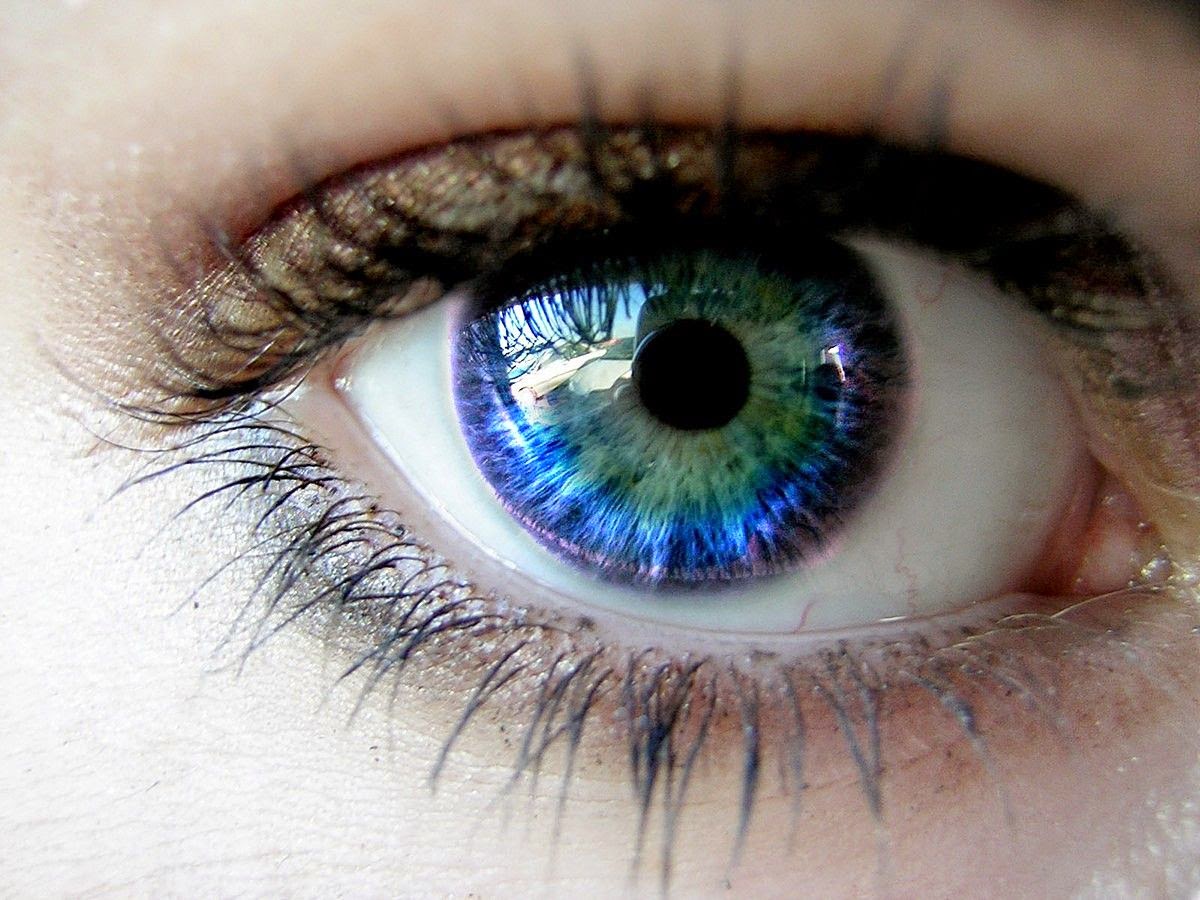This Is How Human Eyes Get Their Color, and It’s Simply Amazing!
Did you know that it’s not the pigment that makes our eyes blue or green? In fact, every color we see in nature is a product of the scattering of multicolored light. The same thing happens in case of eye color thanks to the phenomenon called structural coloration, which is also common in marine animals, insects and birds. This is what Paul Van Slembrouck describes in his illustrated article at Medium.
Let’s take a look at the structure of the human eye to better understand the physics of the eye color. The iris, the colored part of the eye, consists of two layers of cells – the stroma, the front layer, and the epithelium, the back layer.
The epithelium contains dark-colored pigments, which cause those little dark specks to appear in the iris, while the stroma is made up of colorless collagen fibers. In some cases, the stroma may contain melanin, and in other cases it contains excessive collagen deposits. These two factors play a crucial role in determining our eye color.
So what exactly differs in case of each eye color?
Let’s start with brown eyes, whose physics is quite simple. Their stroma contains a high concentration of melanin, which absorbs most of the light entering the eyes and thus makes them attain their dark color.
Something similar occurs in hazel eyes, which have smaller amounts of melanin in their stroma and thus scatter some light into the atmosphere. It causes brown and blue hues to mix up, which results in a color that combines brown, green and yellow shades.
Green eyes contain a low concentration of melanin and have no deposits of collagen. Thus, a little portion of the light entering them is absorbed by the melanin, while most of it is scattered into the atmosphere due to the phenomenon called the Tyndall effect, which produces a blue hue. As a result, the eyes appear green.
Grey eyes work in quite a different way. They lack melanin but have large collagen deposits, which interfere with the Tyndall effect and thus block blue hues. That’s why all light wavelengths are scattered equally, which causes the eyes to have the grey color.
The way blue eyes get their color is the most amazing, because their color is totally structural. What does it mean? Blue eyes have an entirely colorless stroma with no sign of melanin, and they also don’t have any collagen deposits. Thus, all the light entering the eye is scattered back into the atmosphere and lets the Tyndall effect do its job and create the pure blue color. It basically means that blue eyes don’t have their own color as it totally depends on the amount of light when you look at them.
How fascinating is that? It seems that the classic poetic comparison of blue eyes with the sky and the sea is quite accurate afterwards!

